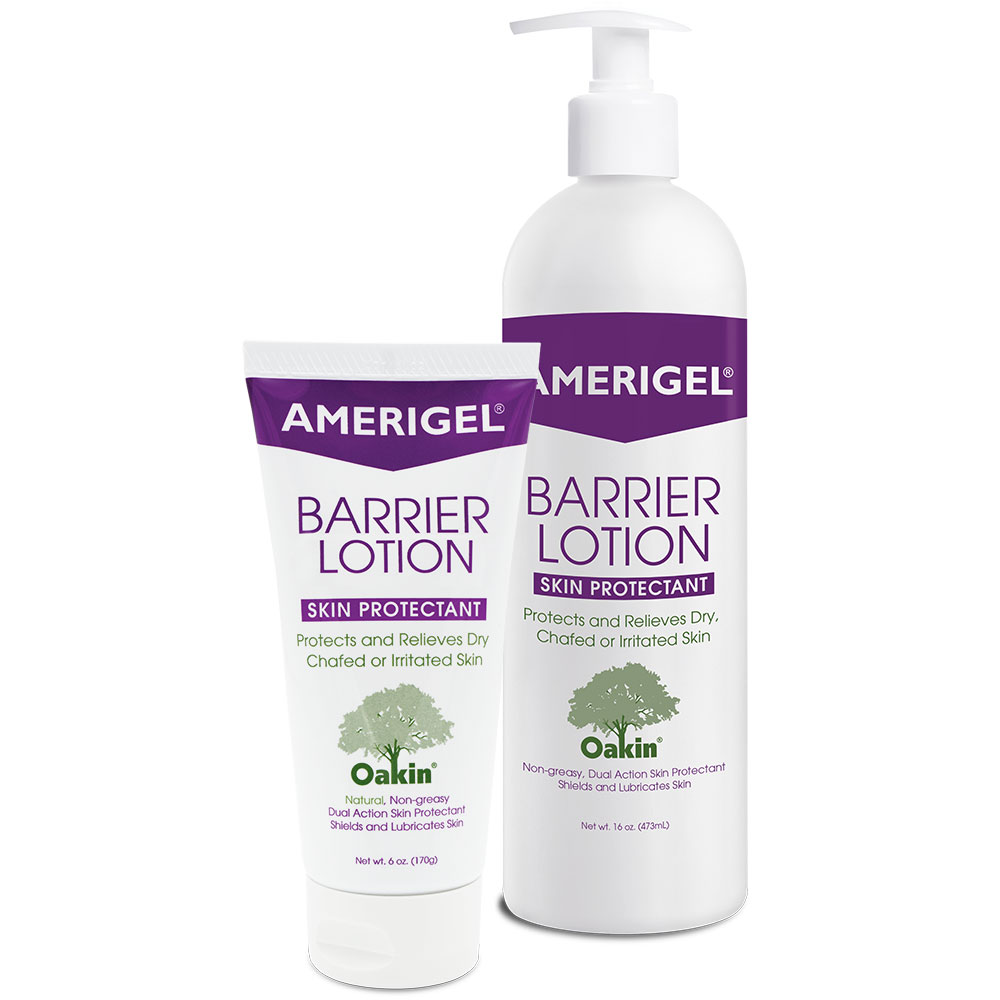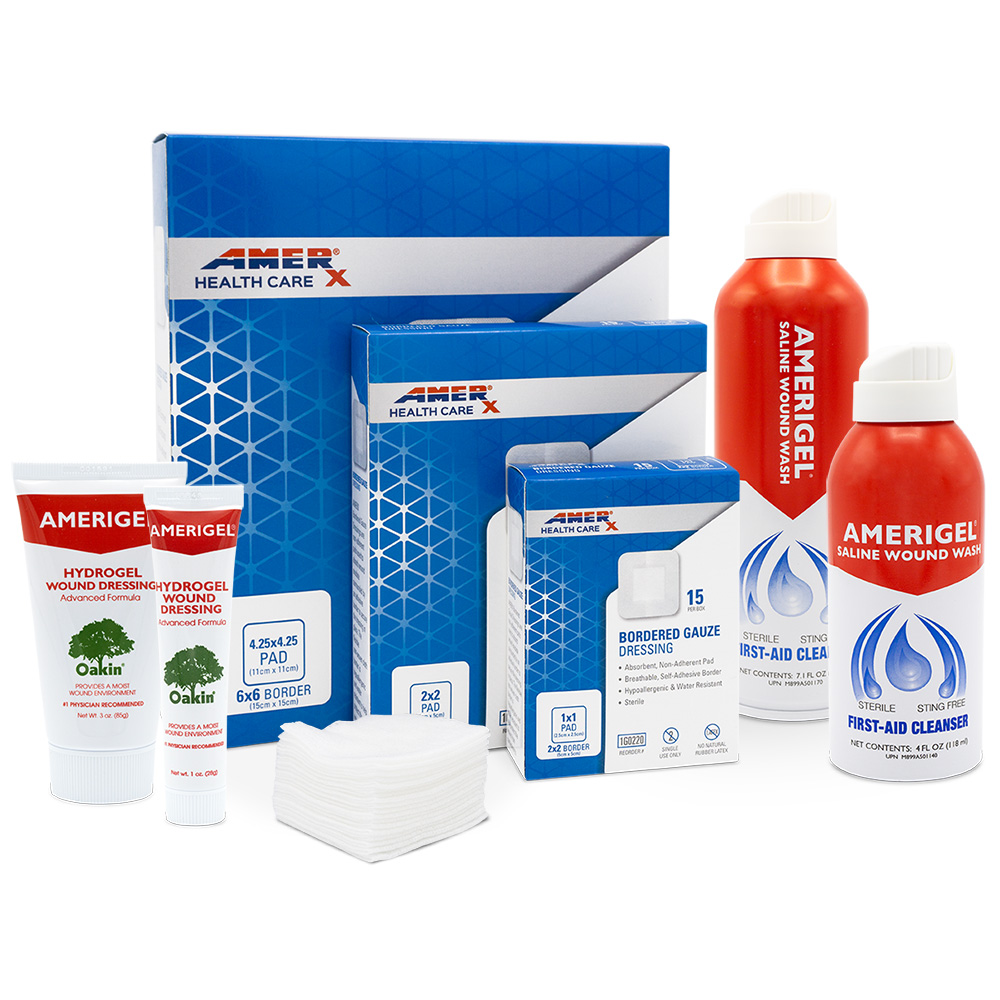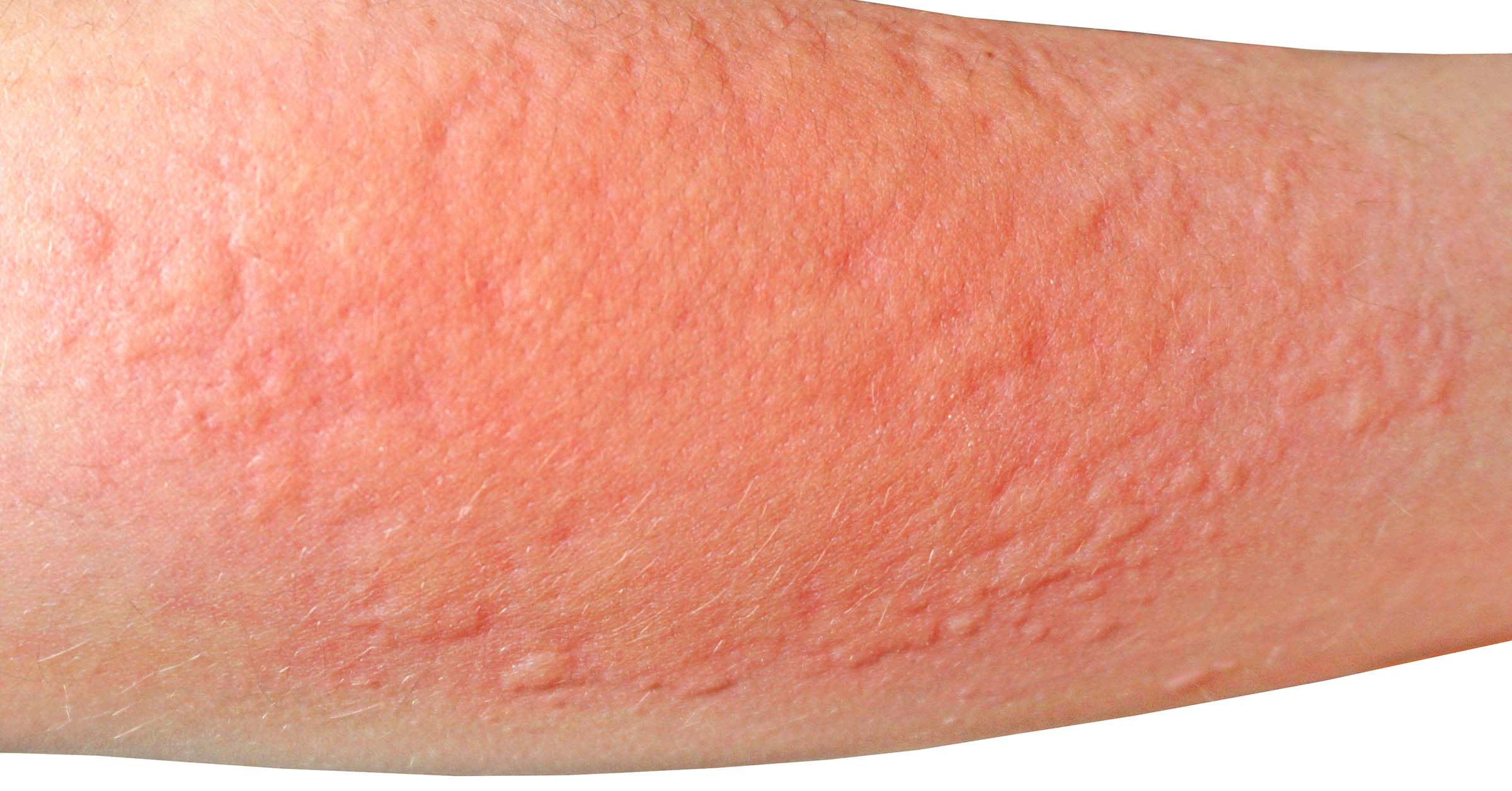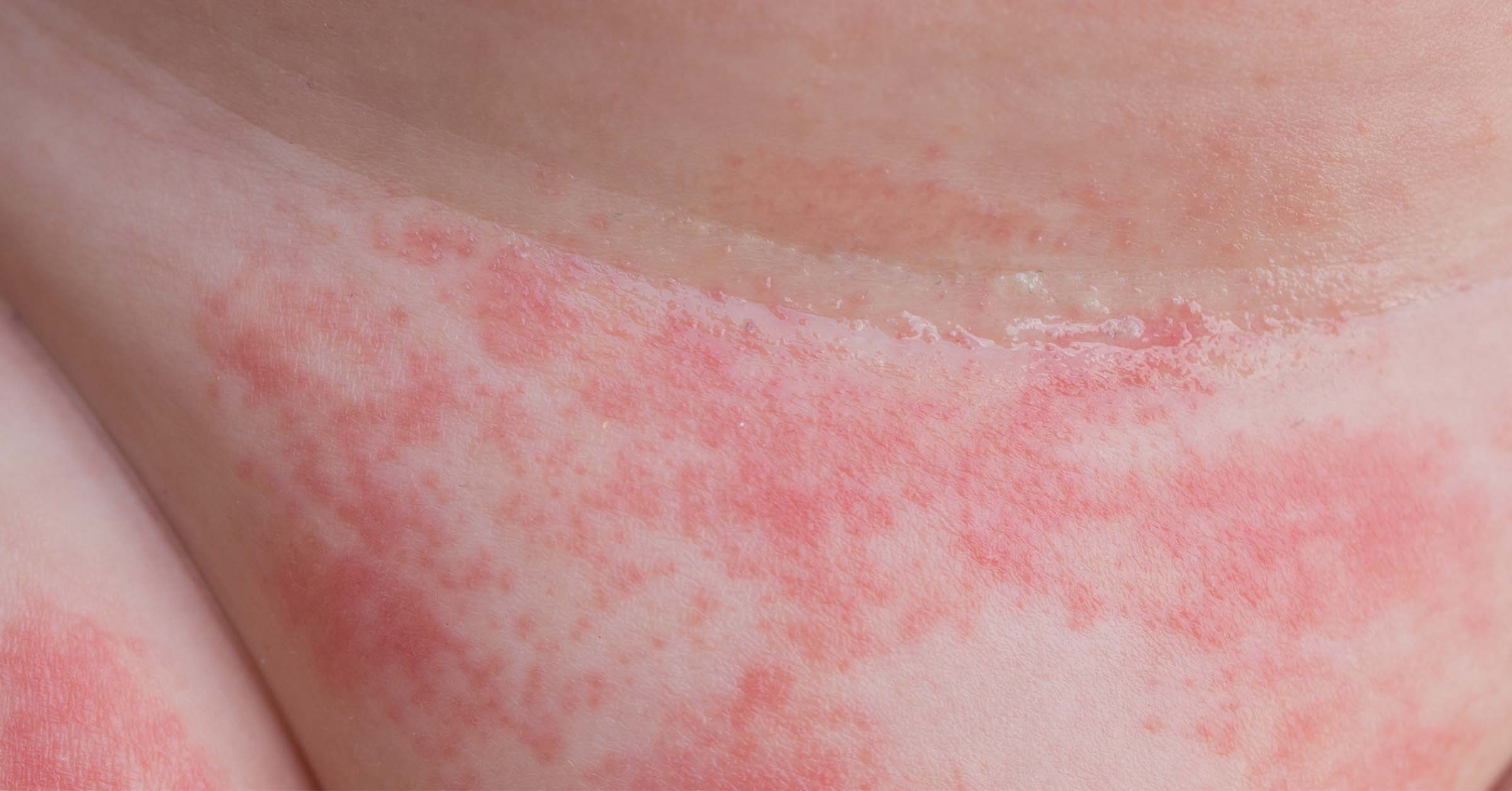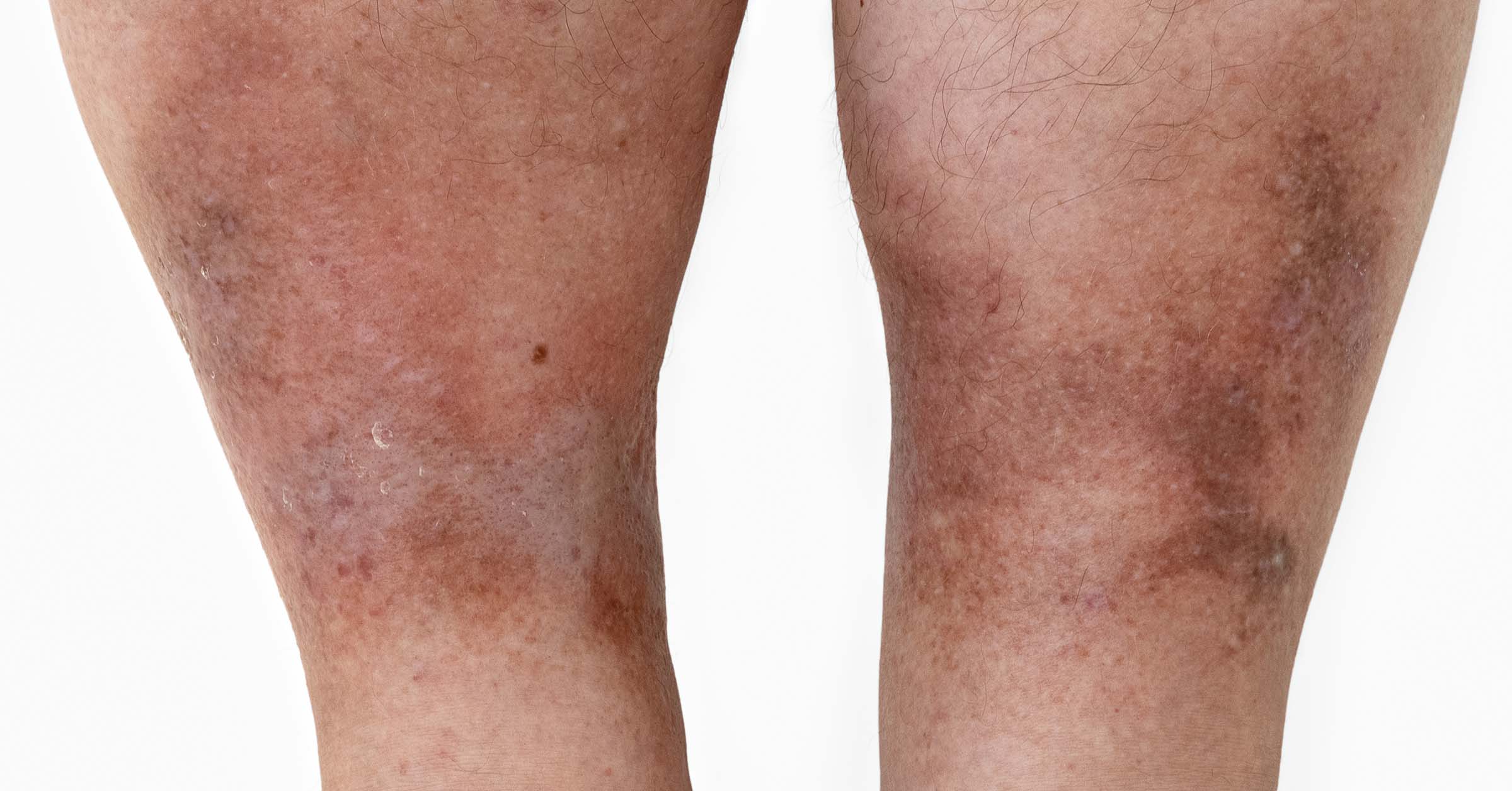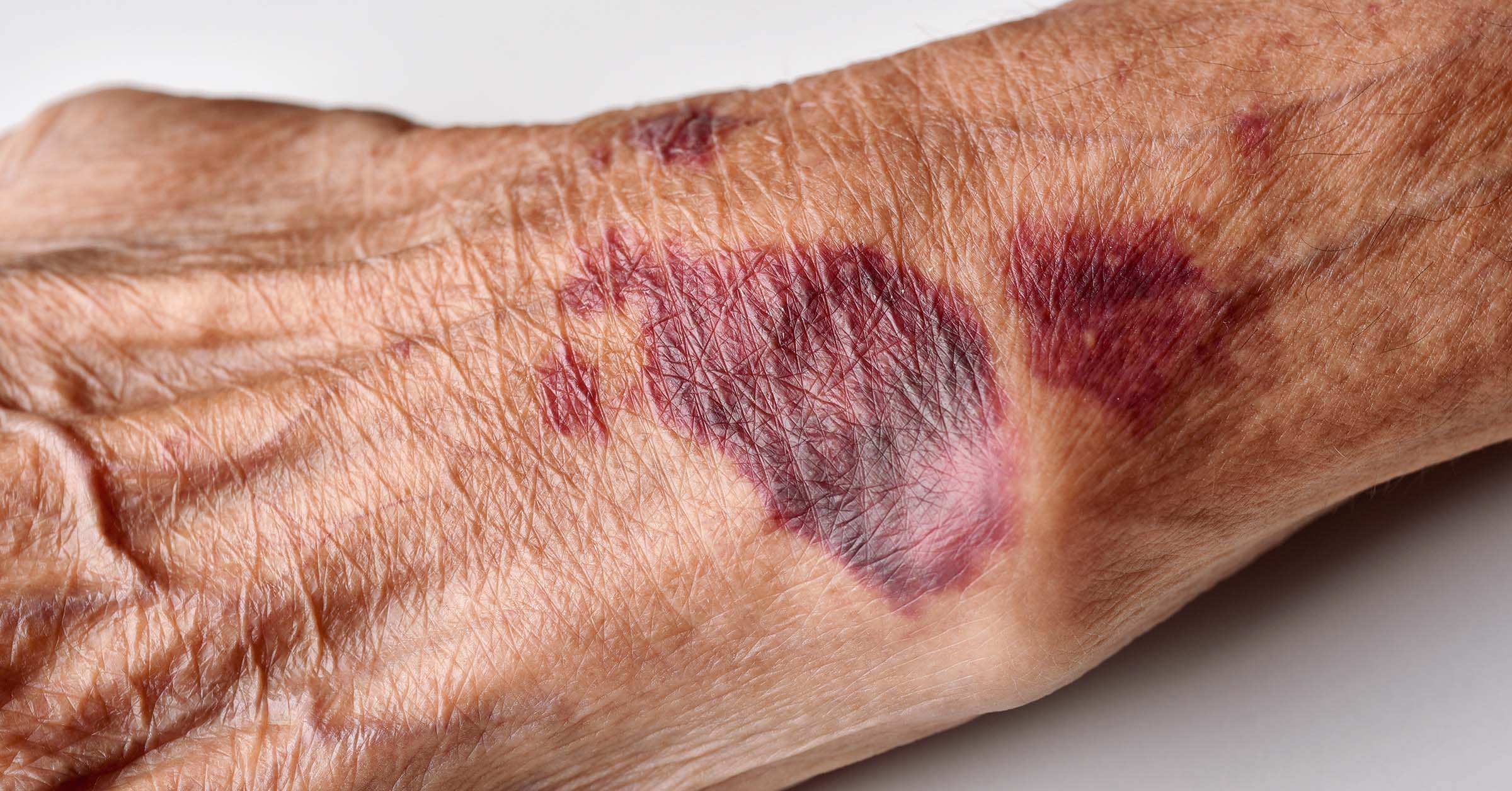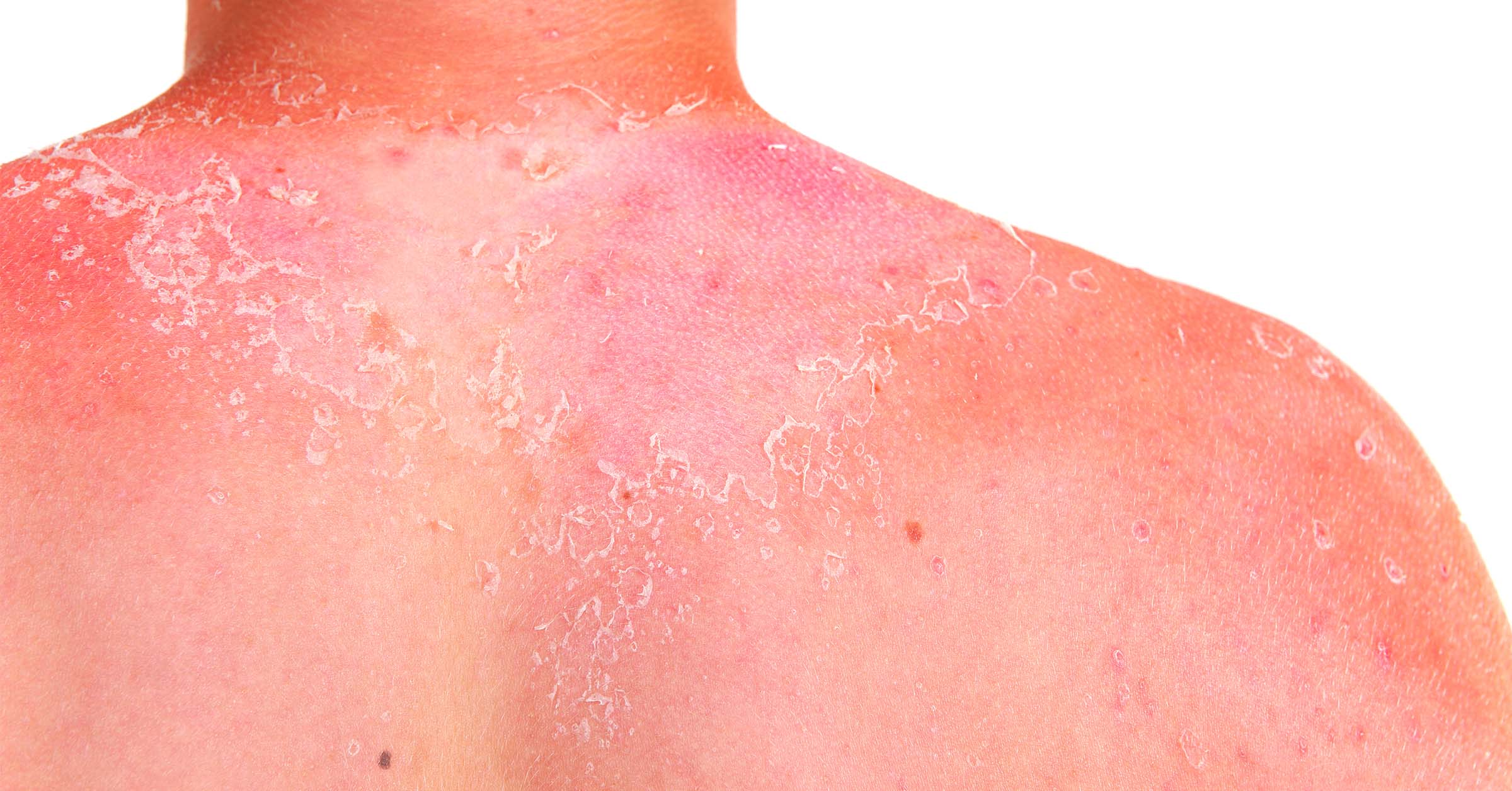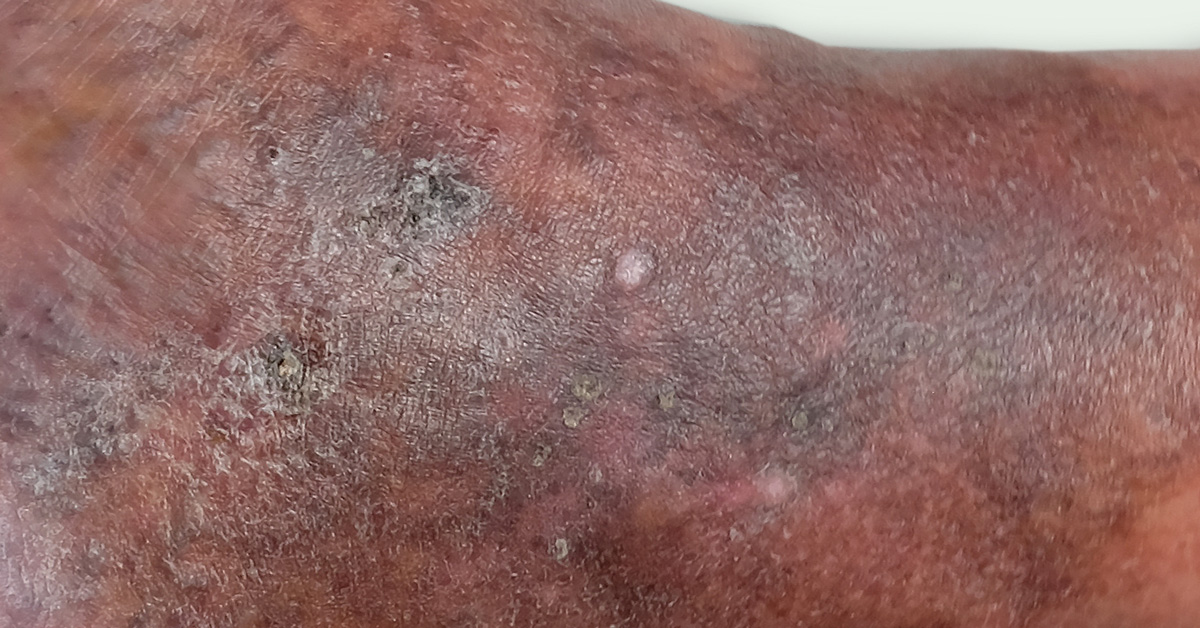Xerosis
What is Xerosis (dry skin)?
Xerosis is the medical term for skin that is overly dry. A widespread skin disorder, it is identified by not having enough hydration on the skin, resulting in symptoms such as dryness, flaking, and occasional itching.
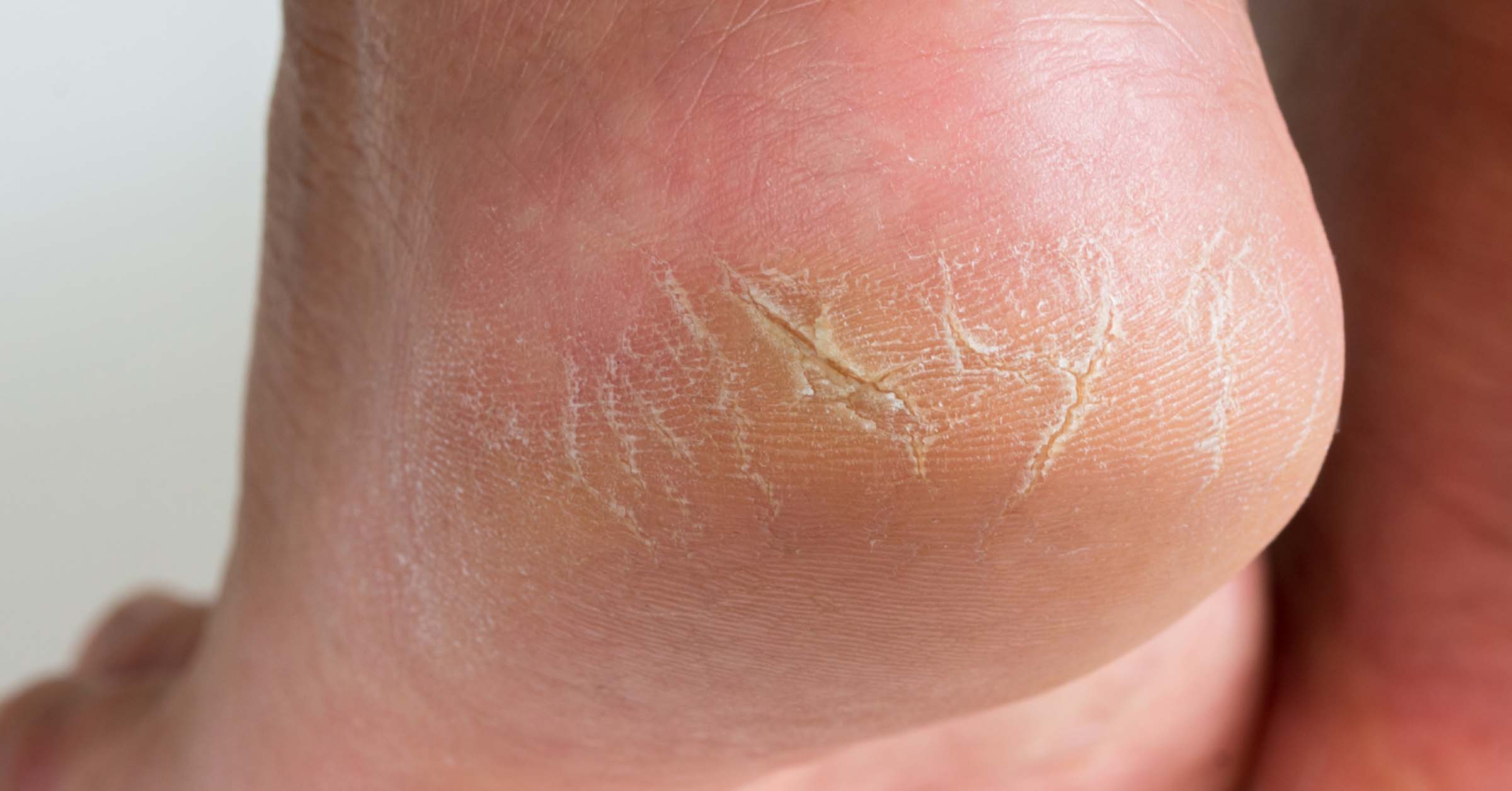
Who is at risk for Xerosis?
Xerosis can be caused by different factors, including:
- Medical conditions like eczema, psoriasis, diabetes, atopic dermatitis, Down syndrome, liver or kidney disease, malnutrition, HIV/AIDS, lymphoma, hypothyroidism, and ichthyosis.
- Harsh skincare products contain harsh chemicals that can strip the skin of its natural oils, leading to dry skin.
- Medications that have xerosis as a side effect. These medications are those that affect the skin or reduce oil production.
- Aging causes skin to produce fewer natural oils and is prone to dry skin.
- Environmental factors like low-humidity, cold weather, and overexposure to the sun.
What are the most common locations for Xerosis?
- Arms
- Backs of hands
- Legs
- Trunk area
What are the signs and symptoms of Xerosis?
Xerosis, or abnormally dry skin, can show up in a number of different ways and to various extents. It is important to remember that xerosis can be different for each person at different levels of severity. Some people might only have mild dryness and itching, while others might get more serious symptoms like painful cracks and swelling. If you have severe or long-lasting xerosis symptoms, you should see a dermatologist or other medical professional to get a correct diagnosis and the best treatment options.
These various characteristics can include:
- Dry skin
- Rough texture
- Cracking
- Flaking or scaling skin
- Redness
- Itching skin
- Tightness in skin
How is Xerosis treated and managed?
Adults with xerosis can take a number of steps to manage it, such as using moisturizing creams, ointments, and hydrogels. It’s best to see a dermatologist for a more targeted treatment plan if xerosis is severe or lasts for a long period of time.
In many cases, good skin care steps and strategies can help manage and alleviate xerosis. Here are some helpful tips:
- For people experiencing cracks in their skin, AMERIGEL® Hydrogel Wound Dressing can be applied to the affected areas to help hydrate and heal.
- Lukewarm baths or showers no more than 15 minutes daily to reduce drying the skin.
- Moisturize skin regularly after bathing with a high-quality moisturizing cream like AMERIGEL Care Lotion to keep the skin hydrated.
- Stay hydrated by drinking an adequate amount of water.
- Protect your skin with gloves if it is cold or dry outdoors.
- Wear clothes made of cotton and silk instead of wool that do not irritate the skin further.
- Apply sunscreen to skin when outdoors to prevent further damage.
- Use laundry detergent that is free of perfumes and dyes that may irritate the skin.
- Prescription based ointments and creams may include: corticosteroids, urea-based creams, creams containing alpha – or beta-hydroxy acids, and propylene glycol.
*Do not use AMERIGEL Hydrogel Wound Dressing on third and fourth-degree burns.
NOTE: If you are experiencing any symptoms suggestive of a medical emergency, always contact a physician or seek urgent care immediately.





